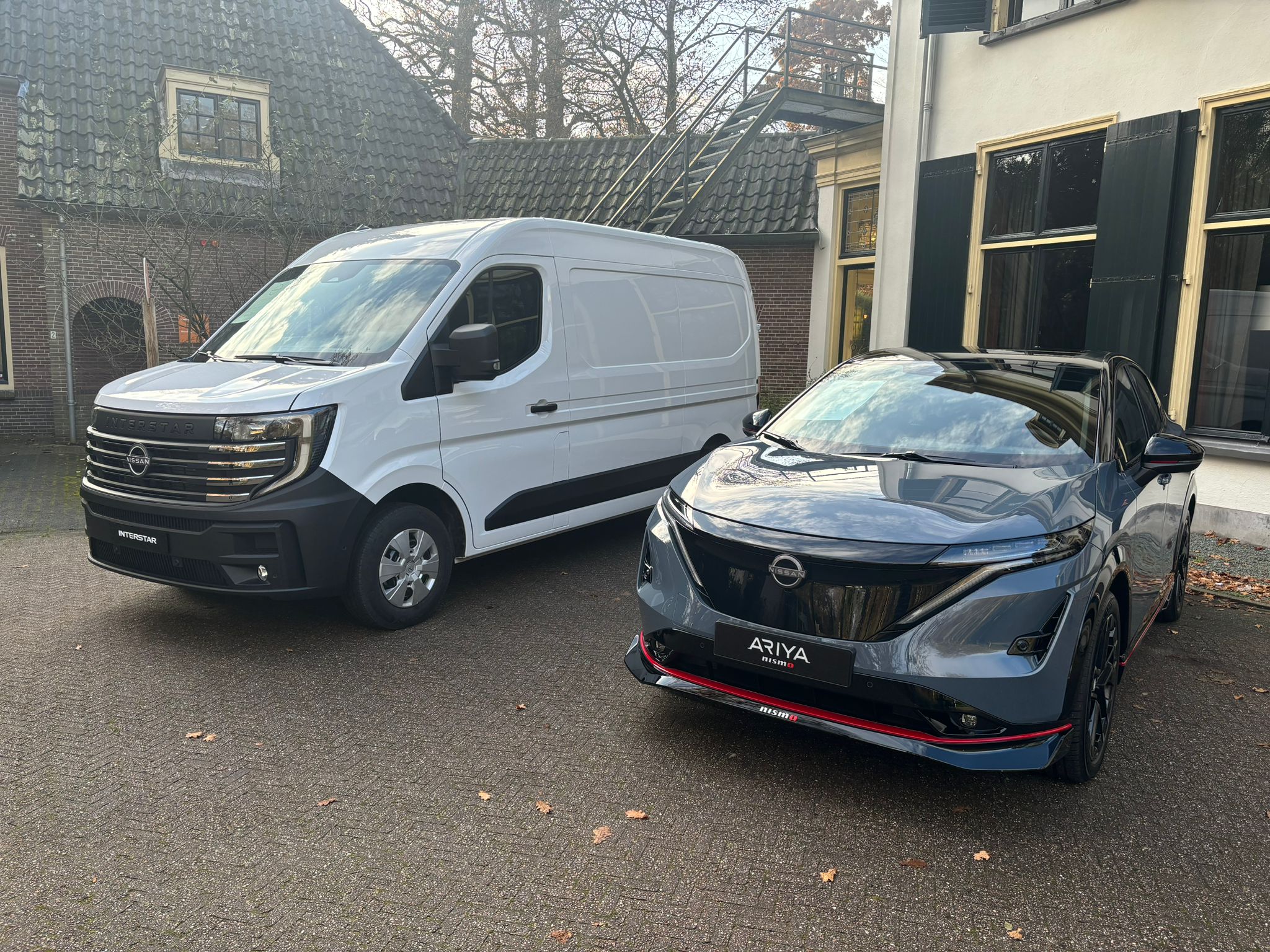Nissan throws in the towel: immediate action needed
Cost reduction
Nissan President and CEO Makoto Uchida said in a statement, “Nissan is fully committed to the recovery measures and aims to reduce costs by about 400 billion yen. We are committed to a more efficient cost structure while boosting sales growth with competitive products that address the diverse needs of our customers. We are implementing our recovery plan with speed and determination, with a focus on efficiency and growth.”
Target for fiscal year 2026
Nissan plans to optimize its cost structure and reduce fixed and variable costs by a total of about 400 billion yen, or 2.5 billion euros, in fiscal year 2026. This will reduce the break-even point in the automotive sector from 3.1 million to 2.5 million units. This should allow for a stable operating margin of 4%.
Target: more than 300 billion yen savings in fixed costs
In terms of fixed costs, Nissan is targeting savings of about 200 billion yen in selling, general and administrative (SG&A) costs, about 100 billion yen through production capacity restructuring and about 30 billion yen through improved development processes.
Nissan plans to reduce 2,500 indirect employees worldwide by streamlining operational processes, reducing hiring and accelerating voluntary departure programs. Unit labor costs will be further reduced through additional measures, including the expansion of shared service centers by 1,000 positions and tighter prioritization of fixed marketing expenses.
Further savings, reduction of 6,500 employees
In addition, Nissan aims to save about 100 billion yen by consolidating production lines, adjusting work schedules and rearranging functions. In the first quarter of fiscal 2025, three plants will be addressed for this purpose: the Smyrna and Canton (US) plants and the Thailand plant. This restructuring will result in a workforce reduction in the vehicle and powertrain plants of 5,300 employees in fiscal year 2025 and 1,200 in fiscal year 2026, representing a total reduction of 6,500 employees.
Production savings are complemented by new technical and operational efficiencies, including through optimizations in the launch of new models and reducing investment and product launch costs.
Further plans
In terms of production capacity restructuring, Nissan plans to reduce global production capacity by 20% by fiscal year 2026 and optimize its manufacturing workforce. This includes an already implemented capacity reduction in China from 1.5 million to 1 million units. In addition, production capacity for plants outside China will be reduced from 3.5 million to 3 million units, with capacity utilization increasing from 70% in fiscal 2024 to 85% in fiscal 2026. In total, global production capacity, including China, will decrease from 5 million to 4 million units.
Nissan also aims to reduce costs by about 30 billion yen by developing more efficiently. A new development strategy should shorten time-to-market and reduce development costs by about 20 billion yen. This integrated process is being applied to ongoing projects and will bear fruit starting in 2025. The first model developed using this method will be launched in fiscal year 2026.
100 billion yen savings on variable costs
Nissan plans to reduce design-driven costs by about 60 billion yen. This starts with simplifying designs (adjusting model performance and content) for the six major global models. Further savings will be achieved by lowering production costs, reducing parts complexity by up to 70%, optimizing production planning and eliminating supply chain inefficiencies.
Stimulating sales growth
To increase sales, Nissan offers a range of products with distinctive technologies tailored to the needs of customers worldwide.
In fiscal year 2024, Nissan revamped its model lineup, including the Qashqai, Juke, Kicks, Armada, Note, Patrol, Magnite, QX80 and Murano. Each model has been improved to maximize customer value and drive profitable sales.
In addition, Nissan is introducing new plug-in hybrids in fiscal 2025 and 2026 and is revamping its award-winning minivans and large MPVs. The brand is also strengthening its zero-emission EV offerings with a new LEAF, a compact electric car and a new electric car specifically for the Chinese market.
Third-generation e-POWER technology
Third-generation e-POWER technology plays a key role in profitable growth. This generation offers 20% better fuel efficiency and 20% lower costs compared to the first generation. In particular, efficiency at high speeds has been improved by 15% compared to the second generation, providing industry-leading fuel efficiency in Europe and the US.
Nissan’s future profitability will also depend on technical innovations, with an increasing focus on intelligent vehicles. New models launched through fiscal 2026 will feature advanced cockpits and driver assistance systems. In addition, Nissan is working on autonomous mobility services in Japan, with commercial launch planned for fiscal 2027.
Streamline organization and processes
To accelerate decision-making, Nissan is introducing a more efficient management structure without intermediate layers. This will reduce the number of top management positions by 20 percent and create advancement opportunities for the next generation within a streamlined, international organization.
In addition, organizational layers are being simplified and responsibilities within the corporate structure revised to increase efficiency. Nissan wants a leaner global headquarters with centralized strategic functions and decentralized operational functions so that regions can respond more quickly to market developments.
Restructuring of business activities and optimization of assets
Nissan continues to work proactively on the next phase of its restructuring. The company will critically assess market presence and strategically determine where it will continue to operate. Nissan will optimize core products, platforms and powertrains to prioritize and streamline investments. In addition, collaborations with alliance partners, Honda and other strategic partners will be accelerated.
Within asset management, Nissan will critically evaluate its assets to achieve significant cost savings and efficiencies.
Strategic review and exploration of new collaborations
Nissan will conduct a strategic review to explore collaboration opportunities that could bring significant value to the company. The company has already begun implementing the above initiatives and will provide further updates within a month. The merger with Honda and Mitsubishi Motors failed.
Various models are ready
Behind the scenes, several new models are already lined up. Nissan itself talks about an “all-new Leaf replacement,” a “compact EV Micra replacement,” an “all-electric Juke” and “all-electric Qashqai.” Technical details the brand is not yet sharing. In any case, they will all be launched in Europe.

